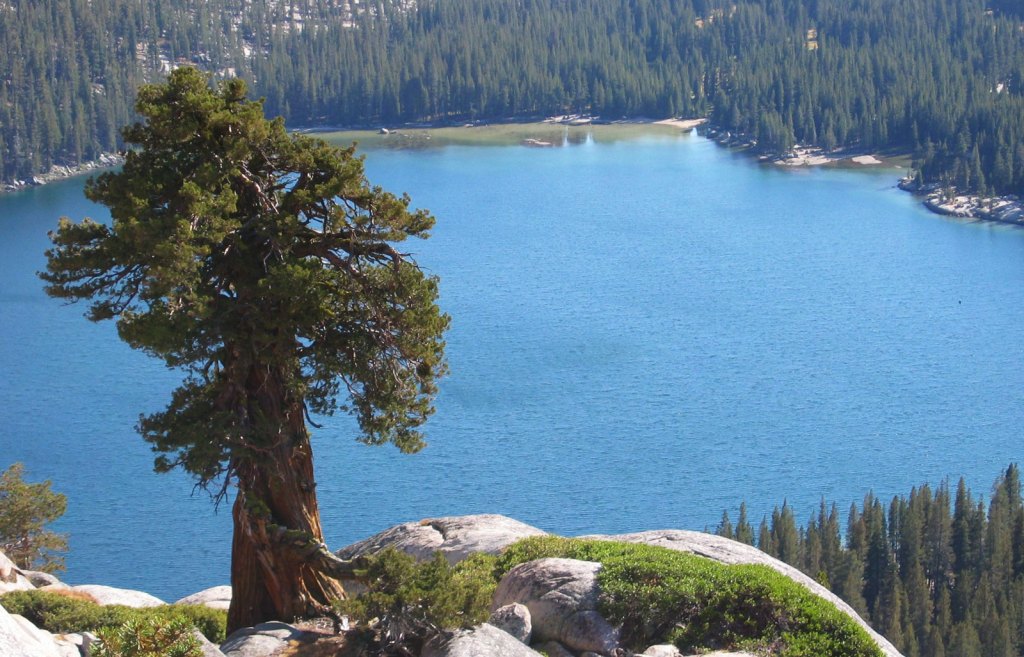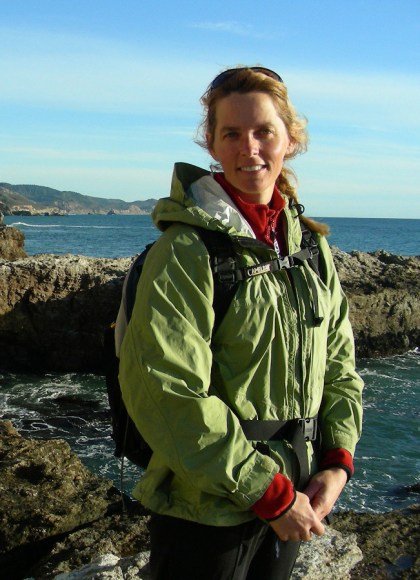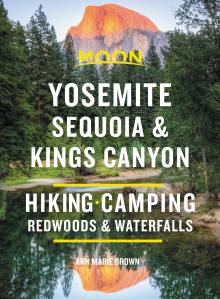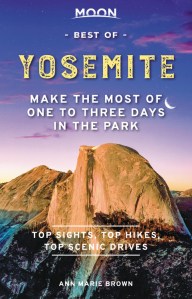The Origins of Place Names in Yosemite
Many of Yosemite’s place names were given by the men of the Mariposa Battalion, who entered Yosemite Valley in 1851 to round up the Ahwahneechee Indians and deport them to a reservation. Dr. Lafayette Bunnell, who traveled with the Battalion, questioned the captured Ahwahneechees about their names for the Valley’s natural features. Some of their words he found too difficult to pronounce, so he substituted a Spanish or English word with roughly the same meaning. Other names were invented in a more random fashion.
The name Yosemite itself is from the Indian word “uzumate,” which meant grizzly bear. The Indian tribe that lived in the Valley were called Yosemites by Caucasians and by other Indian tribes because they lived in a place where grizzly bears were common and they were reportedly skilled at killing the bears. The Mariposa Battalion named the Valley after the “Yosemite Indians” whom, ironically, they’d been sent there to evict. In a further twist, the Indians didn’t call themselves Yosemites; they called themselves Ahwahneechees, and they called the Valley “Ahwahnee” or “place of a gaping mouth.”

Here are the sources of a few of Yosemite’s place names:
- Bridalveil Fall: The Ahwahneechees called it “pohono,” or evil wind. The name Bridalveil was given by the editor of the Mariposa newspaper in the 1850s because of the fall’s white, cascading appearance.
- El Capitan: The Ahwahneechees named this granite monolith for the chief of the first tribe of Yosemite Indians, Too-tok-ah-noo-lah. Bunnell substituted the Spanish word for chief, or el capitán.
- Hetch Hetchy: The Miwok Indians named this valley “Hatchatchie” for a type of grass with edible seeds that grew here.
- Illilouette: Although it sounds French, Illilouette was a rough translation of the Indian word “Too-lool-a-we-ack,” which meant a good place for hunting.
- Royal Arches: This impressive granite cliff, found behind the Ahwahnee Hotel, was named by one of the men in the Mariposa Battalion in honor of his Masonic membership.
- Tenaya Lake: Named for Chief Tenaya, the last chief of the Ahwahneechee Indians. When told that the lake had been named for him, Chief Tenaya replied that the lake already had a name: Pywiack, or “Lake of Shining Rocks.” The name Pywiack now refers to a granite dome near Tenaya Lake.
- Tuolumne: The name of the river and famous subalpine meadow is the Miwok word for “squirrel.” Spend a few minutes in Tuolumne Meadows and you are sure to see numerous Belding ground squirrels, better known as “picket pins” for the way they stand upright on their hind legs.
- Vernal Fall: This waterfall reminded Bunnell of springtime. He called the cataract “an eternal April.”
- Wawona: The Indian word for “big tree.” Wawona is an imitation of the hoot of an owl, the guardian spirit of the sequoias.
Newsletter Signup
By clicking ‘Sign Up,’ I acknowledge that I have read and agree to Hachette Book Group’s Privacy Policy and Terms of Use
Pin it for Later



